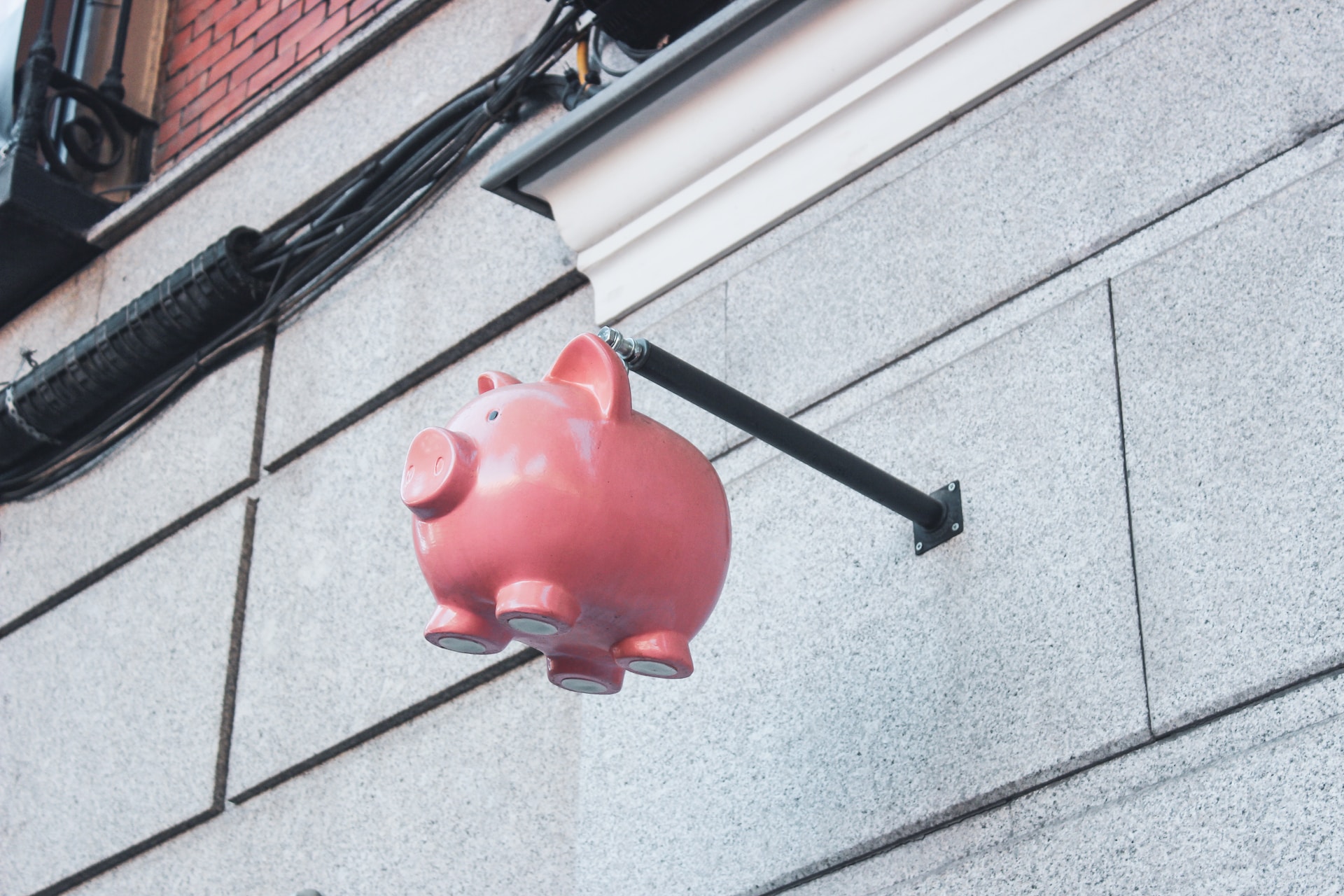You’ve tried saving money in the past, but your efforts didn’t quite pan out. You also know that building an emergency fund is an essential step in securing your financial future. Still, you aren’t quite sure how to move forward. In this guide, you’ll learn more about why you need an emergency fund, how much to save and the steps necessary to reach your savings goal successfully.
What is an Emergency Fund?
An emergency fund is a cash reserve designated for financial emergencies and other unplanned expenses. Some common situations where you might need to tap into your emergency fund include car repairs, home repairs, medical bills, or a sudden loss of income. With this financial cushion, you can navigate through unexpected life events without relying on high-interest debt or sacrificing your long-term financial goals.
Throughout the process of building your emergency fund, it’s essential to monitor your progress. Regularly track your savings balance and celebrate milestones as you get closer to reaching your goal. This will help you stay motivated and focused on the importance of being financially prepared for unexpected expenses.
Remember, your emergency fund should be easily accessible in case of an urgent financial need. Therefore, it’s best to keep these funds in a savings account that offers a competitive interest rate, like a money market account or high-yield savings account, but also allows you to withdraw the money quickly and without penalties. By having a designated account for your emergency fund, you can easily separate it from your daily spending and avoid dipping into it for non-emergency purposes.
Do You Really Need an Emergency Fund?
An emergency fund is vital for your overall financial well-being. Life can throw unexpected curveballs, and an emergency fund serves as a safety net to help you deal with these costs. It’s also the first step toward building a solid financial foundation and achieving larger savings goals. Plus, it can help you avoid expensive forms of debt, like high-interest credit cards and payday loans, when life happens and you need fast cash.
Reasons Why You Should Build an Emergency Fund
Building an emergency fund is essential for safeguarding your financial stability during unexpected situations. Here’s a closer look at why it’s vital to have an emergency fund.
- Unexpected expenses: Even with careful financial planning, you may still encounter unforeseen costs such as medical bills, broken appliances or hefty car repairs. Having an emergency fund helps stop you from blowing up your budget, sinking into debt or derailing your long-term financial goals.
- Job loss or reduced income: Losing your job or facing a sudden pay cut can quickly drain your finances. An emergency fund provides a financial cushion during these challenging times, allowing you to focus on finding new employment or adjusting to the changes without added stress.
- Health-related emergencies: Medical emergencies can be costly, even if you have insurance. This is especially true if your health or dental insurance policy comes with high deductibles or co-payment requirements. An emergency fund provides a financial buffer so that you don’t have to resort to high-interest loans or credit cards to pay for medical expenses.
- Unexpected home or car repairs: Home and car maintenance costs can add up quickly, especially if you’re hit with an unexpectedly high bill. Having a cushion of money in your emergency fund can prevent financial strain during these times.
This list isn’t all-inclusive but demonstrates key reasons why building an emergency fund is an integral part of a viable financial plan. That said, having funds on hand for a rainy day isn’t the only key benefit. As you get comfortable with building your cash stash and making regular contributions becomes routine for you, this same habit can be applied to your retirement-saving efforts. You can also leverage it to meet other long-term goals with ease.
How Much Should Your Emergency Fund Be?
When determining the appropriate size of your emergency fund, you’ll want to consider your individual financial situation and needs. Most financial experts recommend having between three and six months’ worth of household expenses in your emergency fund. This ensures you have enough to cover unexpected expenses or emergencies without causing too much financial stress.
If you’re currently working on paying off consumer debt, starting with a smaller starter emergency fund of $1,000 is recommended. This provides a temporary buffer while you focus on eliminating your debt burden. Once you’ve paid off your debt, you can shift your focus to building up a more substantial emergency fund to cover those three to six months’ expenses.
There are instances where money is tight, and even saving $1,000 may seem like a stretch. While it’s the recommended minimum amount to save, focus on contributing what you can to your emergency fund to start. This approach beats getting overwhelmed with trying to meet a significant goal in the short term. Plus, some progress is better than giving up and making none.
Otherwise, you can determine how big your emergency fund should be by listing your monthly expenses, including rent or mortgage, utilities, groceries, insurance and any other essential expenses. Multiply this amount by three to get the minimum amount required for your emergency fund and by six for the maximum recommended amount.
Remember that these figures may vary depending on your particular circumstances, such as job stability, health conditions or family size. If you work in an industry with unstable job security (i.e., freelance work, contract work, gig work, side hustle), you should lean toward building a larger emergency fund to provide additional protection during potential periods of unemployment.
Regarding health conditions, If you or a family member has ongoing health issues or requires frequent medical treatments, a larger emergency fund can help cover unexpected medical expenses or loss of income due to illness. Furthermore, a larger family typically has higher expenses, so consider increasing the size of your emergency fund to account for the increased financial responsibility.
How to Build an Emergency Fund: 10 Things To Consider
If you’re ready to start building your emergency fund, keep these 10 helpful tips in mind:
1. Determine Your Emergency Fund Goal
Establish a specific emergency fund goal that aligns with your financial situation. Typically, it would be best if you aimed to have three to six months’ worth of household expenses in your emergency fund. This provides a safety net for unforeseen circumstances such as job loss or medical emergencies.
2. Assess Your Monthly Expenses
To determine how much money you need in your emergency fund, you’ll need to evaluate your monthly expenses. Consider all household costs, including rent or mortgage payments, utilities, groceries, transportation, insurance and any other recurring bills that are necessities.
3. Account for Unexpected Expenses
Unexpected expenses, such as car repairs, home repairs, and medical bills, can arise at any time. Make sure to factor these expenses into your emergency fund goal. The same applies to individuals with dependents and pet owners. Be sure to account for unexpected costs they may have in the future.
4. Evaluate Your Job Security
Consider your job security and how likely you are to face a loss of income. If your job is stable, you may not need as large an emergency fund. However, if your income fluctuates or you’re in a high-risk industry, it’s wise to have a more substantial emergency fund. Either way, the more you save, regardless of your employment situation, the more peace of mind you’ll have.
5. Create a Savings Habit
Establishing a consistent savings habit is essential for building an emergency fund. Allocate a portion of each paycheck to your emergency fund. Consider using automatic transfers to make the process seamless. Or ask your employer to make the automatic deposits for you if you’re enrolled in direct deposit.
6. Think About the Accessibility of Your Funds
Accessibility is important when it comes to your emergency fund. Make sure you can access these funds easily and quickly when needed. Some options include a high-yield savings account or a money market account, which typically offers a blend of accessibility and higher interest rates than traditional savings accounts.
7. Where to Put Your Emergency Fund
Choosing the right place to store your emergency funds is crucial. High-yield savings accounts, money market accounts and short-term certificates of deposit (CDs) are common choices. However, you should evaluate what each offers to determine which is ideal for housing your emergency savings.
8. When to Use Your Emergency Fund
Your emergency fund should only be used in genuine emergencies, such as job loss, medical expenses, or urgent home and car repairs. Avoid dipping into this fund for non-essential expenses or wants.
9. Replenishing What You Use
After using your emergency fund for a legitimate expense, make it a priority to replenish the fund as soon as possible. This ensures that you continue to have a safety net for any future financial emergencies or unexpected costs that arise.
10. Revisit and Reassess Your Funds
Periodically reassess your emergency fund to determine if it still aligns with your current financial situation, expenses, and job security. Remember that your emergency fund is a work in progress, and you can always adjust and adapt it to your changing needs. As you gain more stability and security in your financial situation, you can reassess your emergency fund goal and make adjustments as necessary. Regularly reviewing and updating your emergency fund plan will prepare you for any unforeseen expenses or emergencies.







